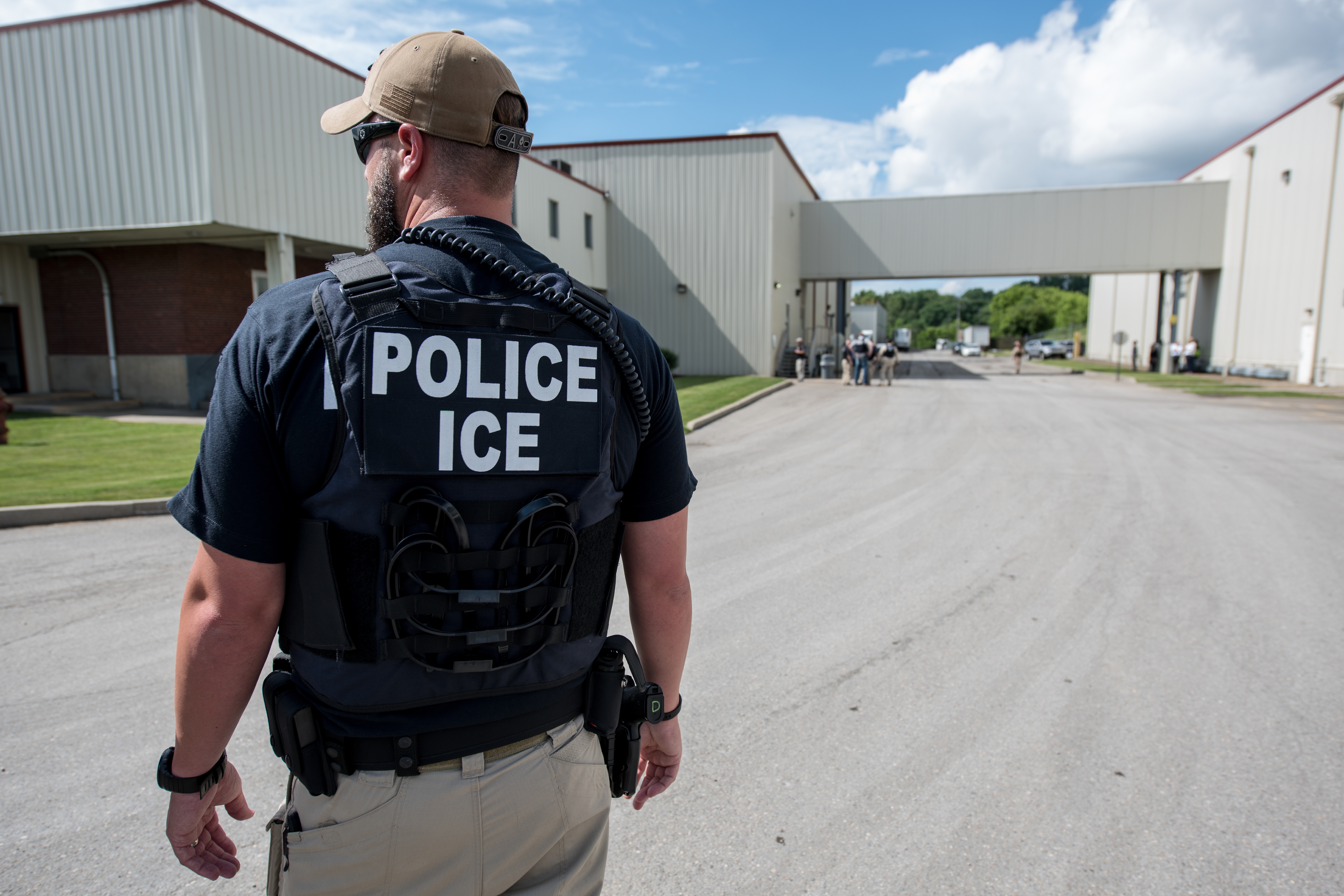Housing prices are soaring here thanks to the tech industry, but the boom comes with a consequence: A surge in homelessness marked by 400 unauthorized tent camps in parks, under bridges, on freeway medians and along busy sidewalks. The liberal city is trying to figure out what to do.
"I've got economically zero unemployment in my city, and I've got thousands of homeless people that actually are working and just can't afford housing," said Seattle City Councilman Mike O'Brien. "There's nowhere for these folks to move to."
That struggle is not Seattle's alone. A homeless crisis is rocking the entire West Coast, pushing abject poverty into the open like never before.
Public health is at risk, several cities have declared states of emergency, and cities and counties are spending millions — in some cases billions — in a search for solutions.
San Diego now scrubs its sidewalks with bleach to counter a deadly hepatitis A outbreak. In Anaheim, 400 people sleep along a bike path in the shadow of Angel Stadium. Organizers in Portland lit incense at an outdoor food festival to cover up the stench of urine in a parking lot where vendors set up shop.
Homelessness is not new on the West Coast. But interviews with local officials and those who serve the homeless in California, Oregon and Washington — coupled with an Associated Press review of preliminary homeless data — confirm it's getting worse.
People who were once able to get by, even if they suffered a setback, are now pushed to the streets because housing has become so expensive. All it takes is a prolonged illness, a lost job, a broken limb, a family crisis. What was once a blip in fortunes now seems a life sentence.
Among the findings:
- Official counts taken earlier this year in California, Oregon and Washington show 168,000 homeless people in the three states, according to an AP tally of every jurisdiction in those states that reports homeless numbers to the U.S. Department of Housing and Urban Development. That is 19,000 more than were counted in 2015, although the numbers may not be directly comparable because of factors ranging from the weather to new counting methods.
- During the same period, the number of unsheltered people in the three states climbed 18 percent to 105,000.
- Rising rents are the main culprit. The median one-bedroom apartment in the San Francisco Bay Area is more expensive than it is in the New York City metro area, for instance.
- Since 2015, at least 10 cities or municipal regions in California, Oregon and Washington have declared emergencies due to the rise of homelessness, a designation usually reserved for natural disasters.
The West Coast's newly homeless are people who were able to survive on the margins — until those margins moved.
U.S. & World
News from around the country and around the globe
For years, Stanley Timmings, 62, and his 61-year-old girlfriend, Linda Catlin, were able to rent a room in a friend's house on their combined disability payments.
Last spring, that friend died of colon cancer and the couple was thrust on Seattle's streets.
Timmings used their last savings to buy a used RV for $300 and spent another $300 to register it. Now, the couple parks the RV near a small regional airport.
They have no running water and no propane for the cook stove. They go to the bathroom in a bucket and dump it behind a nearby business.
After four months, the stench of human waste inside the RV is overwhelming. They are exhausted, scared and defeated, with no solution in sight.
"Between the two of us a month, we get $1,440 in disability," he said. "We can't find a place for that."
Nationally, homelessness has been trending down, partly because governments and nonprofit groups have gotten better at moving people into housing. That's true in many West Coast cities, too, but the flow the other direction is even faster.
"So everybody who was just hanging on because they had cheap rent, they're losing that ... and they wind up outside," said Margaret King, director of housing programs for the nonprofit DESC in Seattle. "It's just exploded."
Above all, the West Coast lacks long-term, low-income housing for people like Ashley Dibble and her 3-year-old daughter.
Dibble, 29, says she has been homeless off and on for about a year, after her ex-boyfriend squandered money on his car and didn't pay the rent for three months. She sent her toddler to live with the girl's paternal grandparents in Florida. She and her new boyfriend were sleeping under tarps near Safeco Field, home of the Seattle Mariners, when an outreach team referred them to a new shelter.
With an eviction on her record and little income, no one will rent to her.
"I've had so many doors slammed in my face, it's ridiculous," Dibble said, wiping away tears.
All along the West Coast, local governments are scrambling for answers — and taxpayers are footing the bill.
Voters have approved more than $8 billion in spending since 2015 on affordable housing and other anti-homelessness programs, mostly as tax increases. Los Angeles voters, for example, approved $1.2 billion to build 10,000 units of affordable housing to address a homeless population that's reached 34,000 people within city limits.
Jeremy Lemoine, an outreach case manager with REACH in Seattle, called the situation a refugee crisis.
"I don't mean to sound hopeless," he said. "I generate hope for a living for people — that there is a future for them — but we need to address it now."
Associated Press writers Janie Har in San Francisco, Amy Taxin in Anaheim, Julie Watson in San Diego and Chris Weber in Los Angeles contributed to this report. AP photographer Ted Warren and AP videographer Manuel Valdes in Seattle also contributed.



